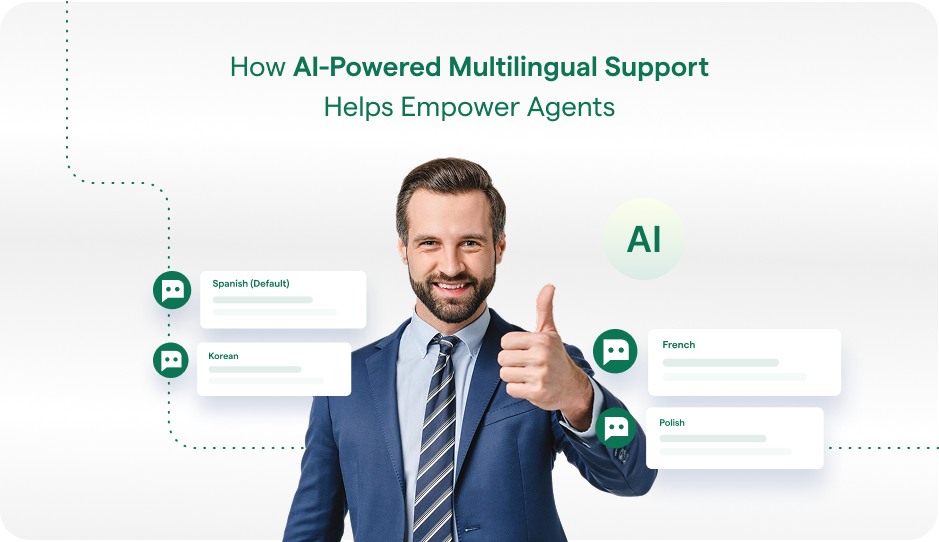Within a chatbot, an entity, or slot, modifies user intent. Chatbot entities are connected to knowledge repositories in order to provide more personal and accurate responses on user search. An entity in a chatbot is used to add values to the search intent.
Why Do Entities in Chatbot Matter to Customer Service?
Entities can be fields, data, or text describing just about anything — a time, place, person, item, number, etc. Using natural language processing (NLP), chatbots can extract entities from entries that users type in in order to turn around accurate recommendations and answers.
Knowing the difference between intent and entity is critical to using chatbots for customer service. Intent implies what the customer is looking for. For instance, a customer on an ecommerce site that specializes in sandals might type in “Do you have gladiator sandals?” and the chatbot, because it recognizes a term from its product database, brings back a link to a version or two of gladiator sandals. Gladiator is the entity here, modifying the generic sandals.
However, what if the customer knows what kind of sandals he wants, but can’t remember what they are called? Instead, he types into the chatbot: “Do you have Roman sandals?” or “Do you have those sandals with all the straps?” or just a poorly spelled “Do you have gladdiator sandals?”
Now we’re dealing with intent. The customer’s intent is to land on the entity gladiator in the sandals library.
Intent and entities in chatbots are both essential to delivering what the customer wants and needs.

How Helpshift Supports Entities in Chatbot
Helpshift’s chatbots are highly sophisticated modules that provide accuracy, scalability, and speed within your customer service model. These out-of-the-box bots can be deployed in minutes and do not require the programming skills of a professional developer, nor do you need code to install them.
The Helpshift QuickSearch Bot answers basic customer questions instantly by connected entities typed in by customers to information from your knowledge base and help you to deflect incoming tickets, while also enabling conversations to be escalated to a human agent when necessary, in a completely seamless way. QuickSearch Bot is an AI-powered bot that can be used in both web and in-app messaging to automatically respond to a customer’s initial message with up to three suggested relevant knowledge articles that help the user self-serve.
Using machine learning, Helpshift’s bots advance and improve over time, learning patterns in the way customers enter entities into chatbots and adjusting responses to gradually improve the accuracy rate.
Additional Information About Entities in Chatbot
- Products: Intelligent Customer Self-Service
- Products: Customer Service Bots Made Easy
- Blog post: The Beginner’s Guide To Customer Service Chatbots and AI



